memo #6
on bombolero for real, structuralism, miscellany
Okay, I made it a “publication,” I hope it is not weird.
My Bombolero arrived. I wore it to Jos and Ellie’s wedding where I had too much fun to take any pictures. I was eager to rid myself of my cute but awkwardly-sized Brandy Melville bowling-y bag (similar) and left it, w/ phone inside, on a chair all night. I also wore the bombolero the next night when Laszlo and I went to the Philharmonic. He took these pics of me without me even asking. I vow never to make him a Blog Boyfriend. Here I am enjoying my bombolero.
I also convinced Natasha, fellow Bless enjoyer, to get the bombolero. Happy for us both.
I am thinking. . . maybe I hate jeans. I can’t figure out what sort of jeans to wear. I think we’ve all seen the mainstreaming of various forms of wide leg jeans, and those of us who were not born yesterday are probably not sure what to do. My friend Kyle Hinton–who lives in LA and with whom I remained connected through our ongoing text exchange equally focused on academic texts and fashion problems–and I have been talking for at least a year about being driven back toward skinny jeans for lack of anywhere else to go. This is no longer a cutting edge prediction, which voids our potential efforts anyway. You can’t run forever. But one still has to wear pants. The last pairs of jeans I bought were from Alex Mill, and they’re serving me well so far. But I wouldn’t wear them outside of utilitarian weekday wear. Sometimes I wear them Out, but pretty much only out of laziness.
I have a pair of Lemaire twisted jeans (in regular denim blue though, which maybe they aren’t making anymore?) that I bought like six years ago that I accidentally washed, which sort of fucked them up but also made them a little more interesting. These are good for Spring, but also don’t look great with a jacket. Like any jacket I ever wear with them seems like it shouldn’t be there. These jeans are for June wear only. Or Bombolero wear. . .I also recently got some very good selvedge stovepipe-y (Interestingly when you google “stovepipe denim",” there are a lot of different widths of denim being marketed as “stovepipe.” I am referring to the popular, slim fit style of my youth) jeans when I was in the bay area at my favorite place to shop when I visit my mom, Mercy Vintage. Blowing up my own spot here. . . whenever I go there I leave with like 6+ items that enter my primary rotation. They also have really good t-shirts, graphic and plain. Which is something I feel you cannot really find in NYC. Something gross about even trying. But also all vintage shops have corny-ass t-shirts out here.
What I really came here to say is: I’m seeing all of these fast fashion companies making decent looking (on my laptop) jeans–GU, UO. Are they terrible? Would I feel embarrassed to wear these out? I’m realizing that I can’t really tell what’s up with peoples’ jeans when I am out in the world. Perhaps only the wearer really knows the secrets of her denim’s quality. Also because these days…EVERYTHING FEELS CHEAP. Even the supposedly high end stuff. Maybe the real key to the whole situation is just that I can’t really settle on a cut/wash/length of denim because I don’t even like jeans. This leads me back to the start though: if I don’t like jeans and can’t be trusted to settle on a look, should I just buy fast fashion jeans as rotating temporary fixes? I can’t be trusted to stay loyal to a $400 pair of jeans tailored to the moment. Maybe I should just stop bothering with them. But it’s not like trousers are easy either.
Last weekend, there was denim talk at Funny Bar. Sam Wilken said that Gap is actually actually hitting right now, as the rumors suggest. I’ve seen Substack ladies going on about this, but I trust Sam more on the quality tip. So maybe I will experiment with these. This development does not solve the question of cut, but 90s and 70s look okay.
Update: I wore the Bay Area-bought selvedge jeans last night and problem solved. They’re perfect. They have an irregular hem thing happening that I didn’t notice. . . hubba, hubba.
–
I’m still mired in research for this play, but I need to start writing the play itself. Moving from research to production is always a difficult transition. Instead of successfully making this shift, I spent last week reading Houllebecq’s The Map and the Territory, which everyone else in the world seems to have already read but, because I suck at reading fiction, I have not. Texting friends like, “Wow have you read this? I love it!” Everyone has indeed read it, but they kindly engage my enthusiasm.
I’ve been back in the home cinema responsibly consuming the film arts after a January full of schlocky lazy watches. We watched The Searchers last week, which I’d seen the famous bits of and read a lot about (Robert Pippin’s Hollywood Westerns and American Myth is great), but never sat down to watch. I loved all of the dusty grey tweed on the extras. The principal cast often wears brightly colored uggo frontier-wear, but in certain interior sequences, there are some great Herringbone Moments. It is fast becoming Not-The-Time for such textiles, but I am bookmarking next autumn as herringbone fall. Perhaps it’s also less about the material, and more about the midcentury recreation of 19th century suiting profiles.
I also finally saw Nickel Boys, which I pretty much liked. But then last night I was watching Peep Show and realized it’s roughly the same concept, and arguably, a far more interesting investigation of subjectivity.
I further avoided my playwriting last weekend by hanging out with friends until really really late at night. We went (back) to Funny Bar, where I tried the bar steak and found it to be pretty decent. I’d previously only been there on quiet evenings, which I prefer, but it was fun and bustling at party o’clock on a Friday.
I am definitely into Funny Bar’s Thing, which maybe is supposed to feel like the Copacabana or something, with the jazz and tables of it all. Or maybe like the Brown Derby, the kind of place you take an important call on on the establishment’s official line.
It also has this homey and suburban flavor to it, which could sound negative, but I think it is also kind of weird and fun. Alex Iadarola called it “Adult Chuck E. Cheese,” which I thought was apt–the seating area operating as the “pizza room.” Funny Bar also scratches the China Chalet itch, the sitting at tables but not being bound to them as you would be in a regular restaurant part. However the vibe is not China Chalet in that there remains a sense of propriety amongst patrons (no smoking inside, keeping to the party you arrived with or are there to call on, and definitely no sneaking in outside alcohol). And if anything, that is the sort of confusing thing about the energy there. It’s rather…tame…rather comfortable, rather spacious and civilized. It’s the opposite of going to the River or Clandestino, where the whole experience is about discomfort (though at the latter it was not always). There is something to be said for not manufacturing a sense of anxiety in your customers. At Funny Bar, you can have a nice night.
This weekend in Los Angeles, Hop Louie re-opened. Nick Plett sent me a photo from the Frieze party that rang in the bar’s new era. “Unrecognizable,” he said of the bar’s downstairs.
I guess it’s cool that Hop Louie will exist again in name, but I can’t imagine it being fun. Similarly, someone in New York said that Beverly’s is open again, this time on Grand Street.
What else…it seems that I spend all of my time on Zoom calls and making smoothies. I have been buying lots of old German postcards for art reasons and scanning them with my phone. It gives me great pleasure.
The best thing that I’ve read in the last few weeks is “How Do We Recognize Structuralism?” by Gilles Deleuze (available in Desert Islands from Semiotexte if you want the tangible read). Another lucky random pull from the shelf. It may indirectly be helping me find a way to make objects again and be okay with my narrative impulse. (Most cringe statement ever). But the way he talks about the “symbolic” is dragging me out of my solitary confinement anti-representational cell. Eventually you get bored of grids, mush, and so on.
“We can enumerate the real, the imaginary, and the symbolic: 1, 2, 3. But perhaps these numerals have as much an ordinal as a cardinal value. For the real in itself is not separable from a certain ideal of unification or of totalization: the real tends towards one, it is one in its "truth." As soon as we see two in "one," as soon as we make doubles [de'doublons], the imaginary appears in person, even if it is in the real that its action is carried out. For example, the real father is one, or wants to be according to his law; but the image of the father is always double in itself, cleaved according to a law of the dual or duel. It is projected onto two persons at least, one assuming the role of the playfather, the father-buffoon, and the other, the role of the working and ideal father: like the Prince of Wales in Shakespeare, who passes from one father image to the other, from Falstaff to the Crown. The imaginary is defined by games of mirroring, of duplication, of reversed identification and projection, always in the mode of the double. 5 But perhaps, in turn, the symbolic is three, and not merely the third beyond the real and the imaginary. There is always a third to be sought in the symbolic itself; structure is at least triadic, without which it would not "circulate"—a third at once unreal, and yet not imaginable.”
Bee-yoot. More!
“We are used to, almost conditioned to a certain distinction or correlation between the real and the imaginary. All of our thought maintains a dialectical play between these two notions. Even when classical philosophy speaks of pure intelligence or understanding, it is still a matter of a faculty defined by its aptitude to grasp the depths of the real (le reel en son fond), the real "in truth," the real as such, in opposition to, but also in relation to the power of imagination. Let us cite some creative movements that are quite different: Romanticism, Symbolism, Surrealism... In doing so, we invoke at once the transcendent point where the real and the imaginary interpenetrate and unite, and their sharp border, like the cutting edge of their difference. In any case, we get no farther than the opposition and complementarity of the imaginary and the real—at least in the traditional interpretation of Romanticism, Symbolism, etc. Even Freudianism is interpreted from the perspective of two principles: the reality principle with its power to disappoint, the pleasure principle with its hallucinatory power of satisfaction. With all the more reason, methods like those of Jung and Bachelard are wholly inscribed within the real and the imaginary, within the frame of their complex relations, transcendent unity and liminary tension, fusion and cutting edge.
The first criterion of structuralism, however, is the discovery and recognition of a third order, a third regime: that of the symbolic. The refusal to confuse the symbolic with the imaginary, as much as with the real, constitutes the first dimension of structuralism. In this case again, everything began with linguistics: beyond the word in its reality and its resonant parts, beyond images and concepts associated with words, the structuralist linguist discovers an element of quite another nature, a structural object.”
Maybe I said this in a previous post, but I wanted to–maybe I still want to–write a memo about how a few years ago everyone was so into talking about Eduoard Glissant and opacity, but I got kind of bored by the idea. Honestly, because I couldn’t remember examples of this happening other than Hans Ulrich Obrist talking about him a lot. But I’m going to revisit the idea, because I actually now do feel that it’s interesting. It just can be hard to unearth recent but out of fashion discourses that mostly took place in panel discussions. Maybe more useful would be a memo about opacity vs refusal and the elision of the difference between the two. Things like this . . . you try to parse in a few thousand words what it would take a lifetime to truly tackle.
This memo is disappointingly Memo-y. I hope to write the above post or something else more…constitutive soon.
Finally, I’ve helped to organize a fundraiser party for New York City mayoral candidate Zohran Mamdani at Nightclub 101. There are only standby tickets left. But come through early and maybe you’ll get in. :)



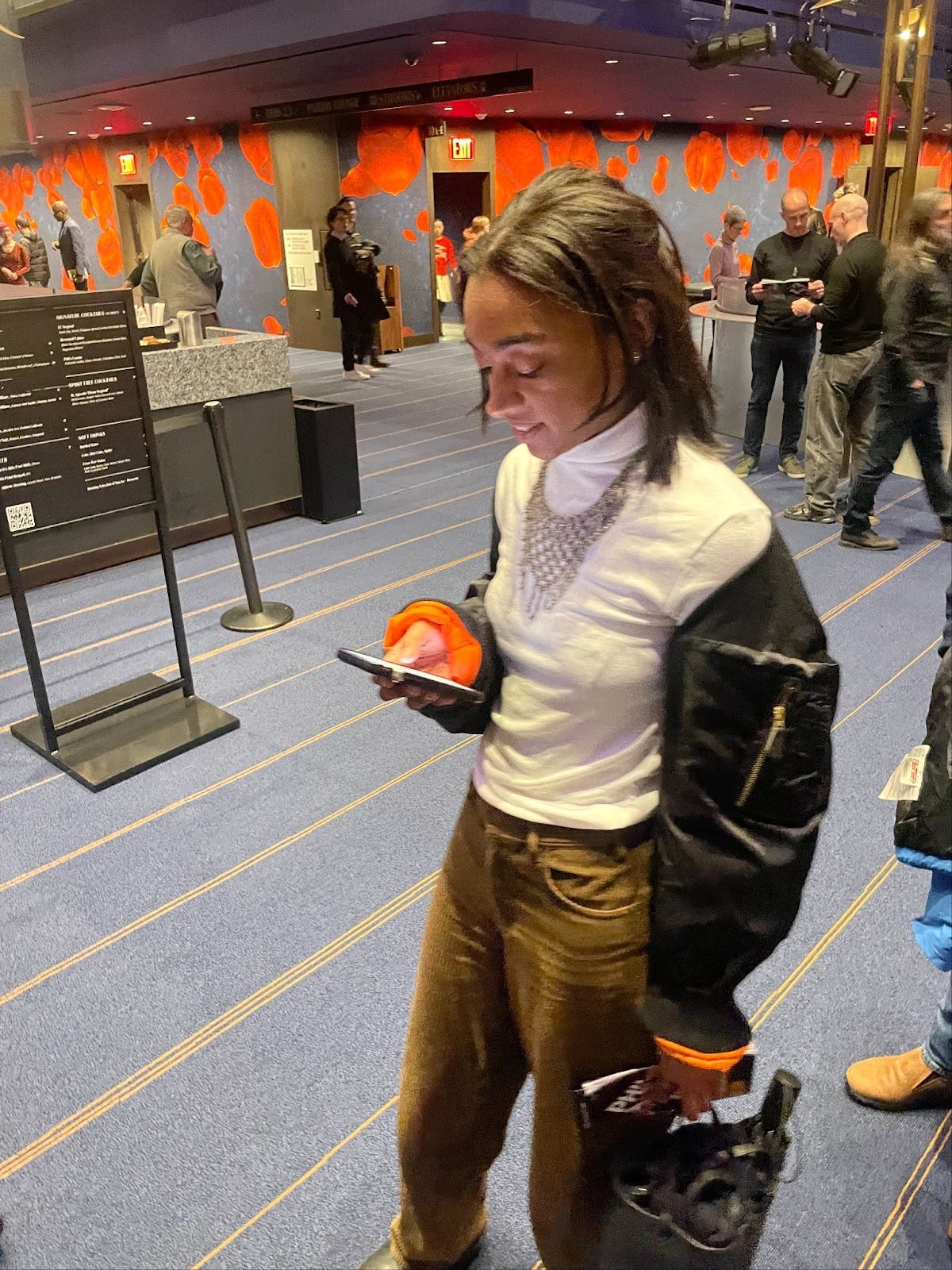
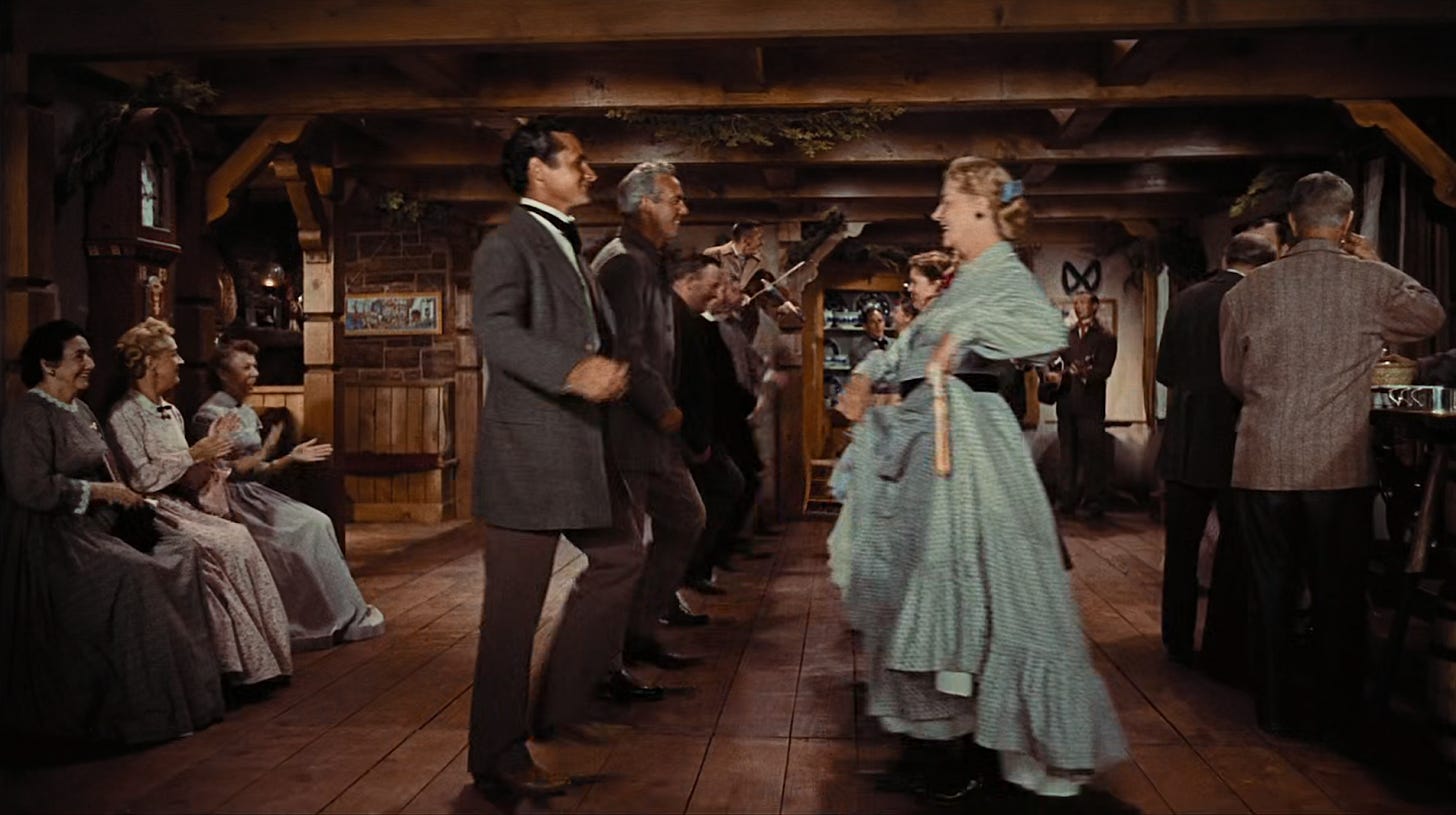
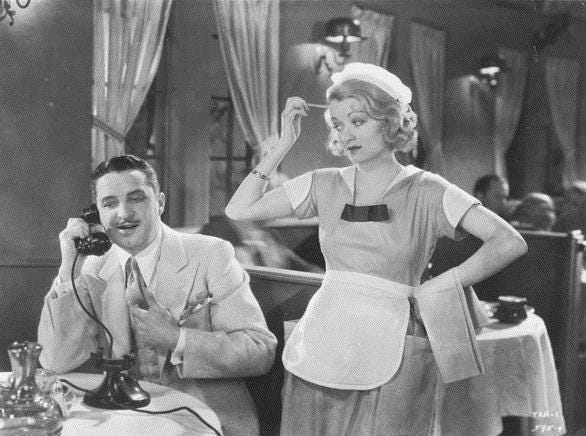
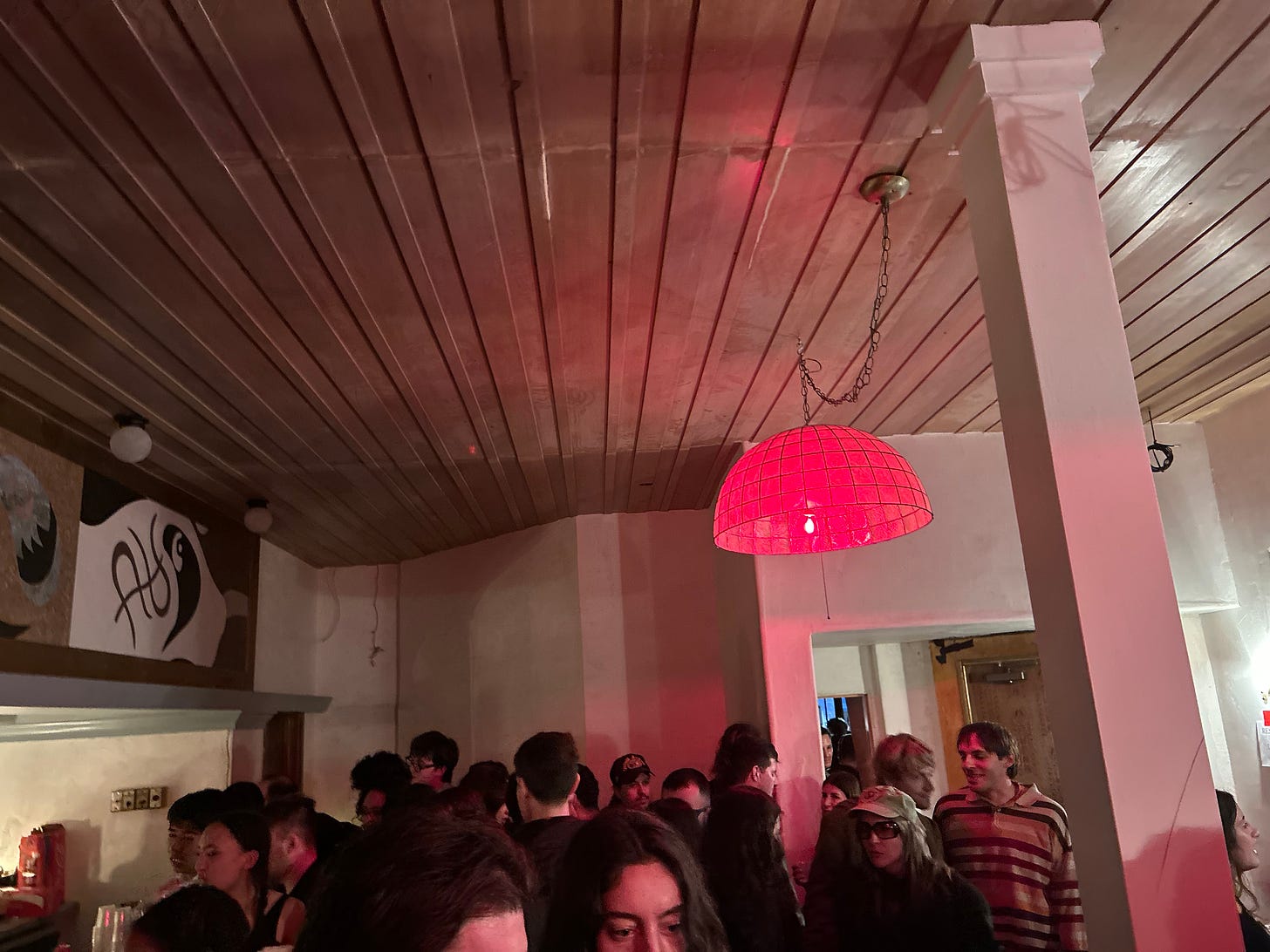
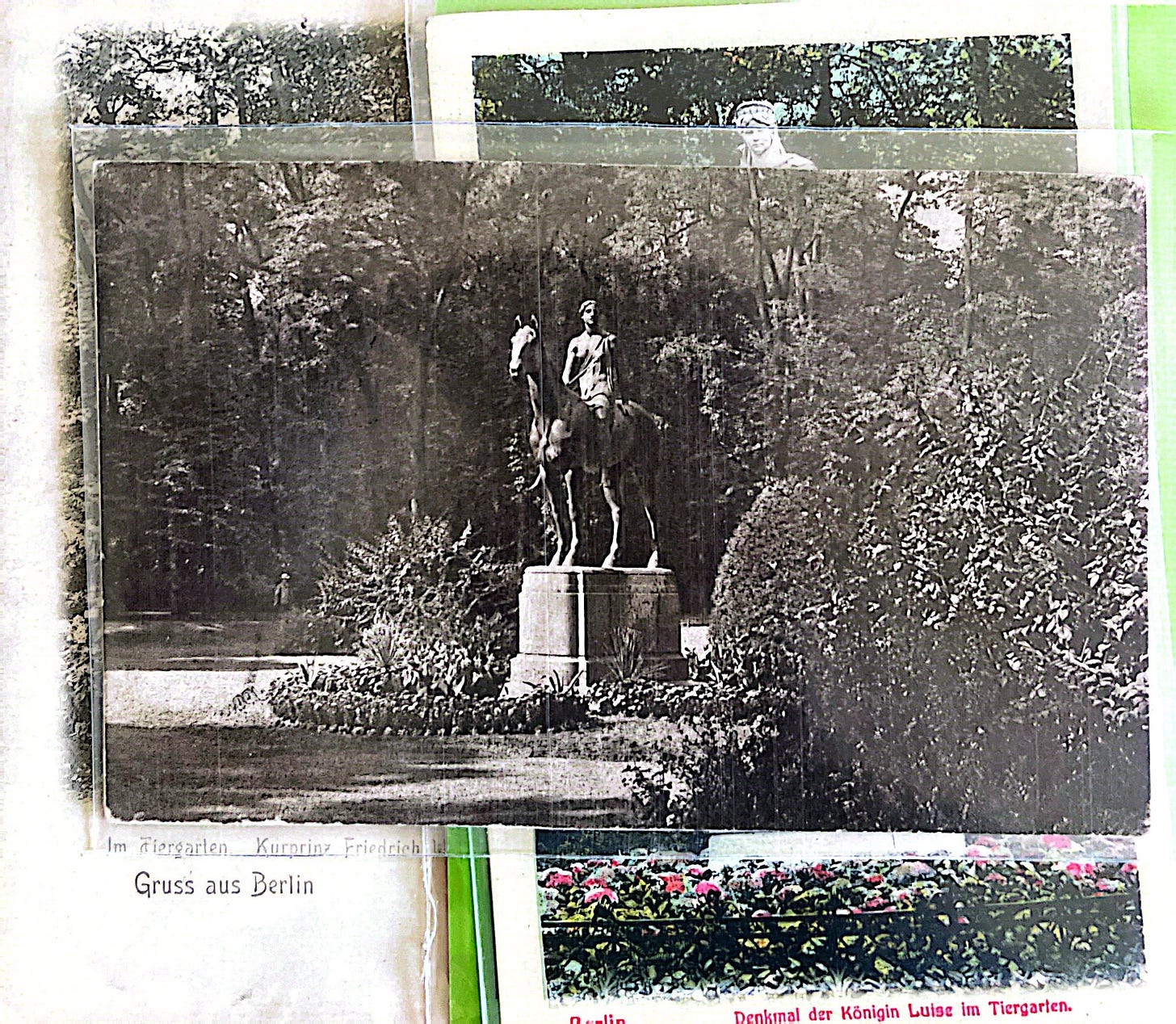
Beyond Obrist —opacity infused projects browsing refs:
Mirror with a Memory: Photography, Surveillance, Artificial Intelligence (2021)
Pod companion to the book
https://open.spotify.com/episode/5e050pkAPd70VbKnXaU54u?si=I67WRogmQEilrDEZuEWPMw
Soft Power: A Conversation for the Future, SFMOMA (2019-2020)
https://www.sfmoma.org/publication/soft-power-a-conversation-for-the-future/
2019-2021 was v heavy on Glissantian poetics / right to opacity discourses but it did get exhausted quickly though i can’t exactly remember what the transitional move was—except duh— the panny, and the web3 flurry *so sigh* so yeah.
anyhow lookin fwd to further following ur thots in memo 7 ;)